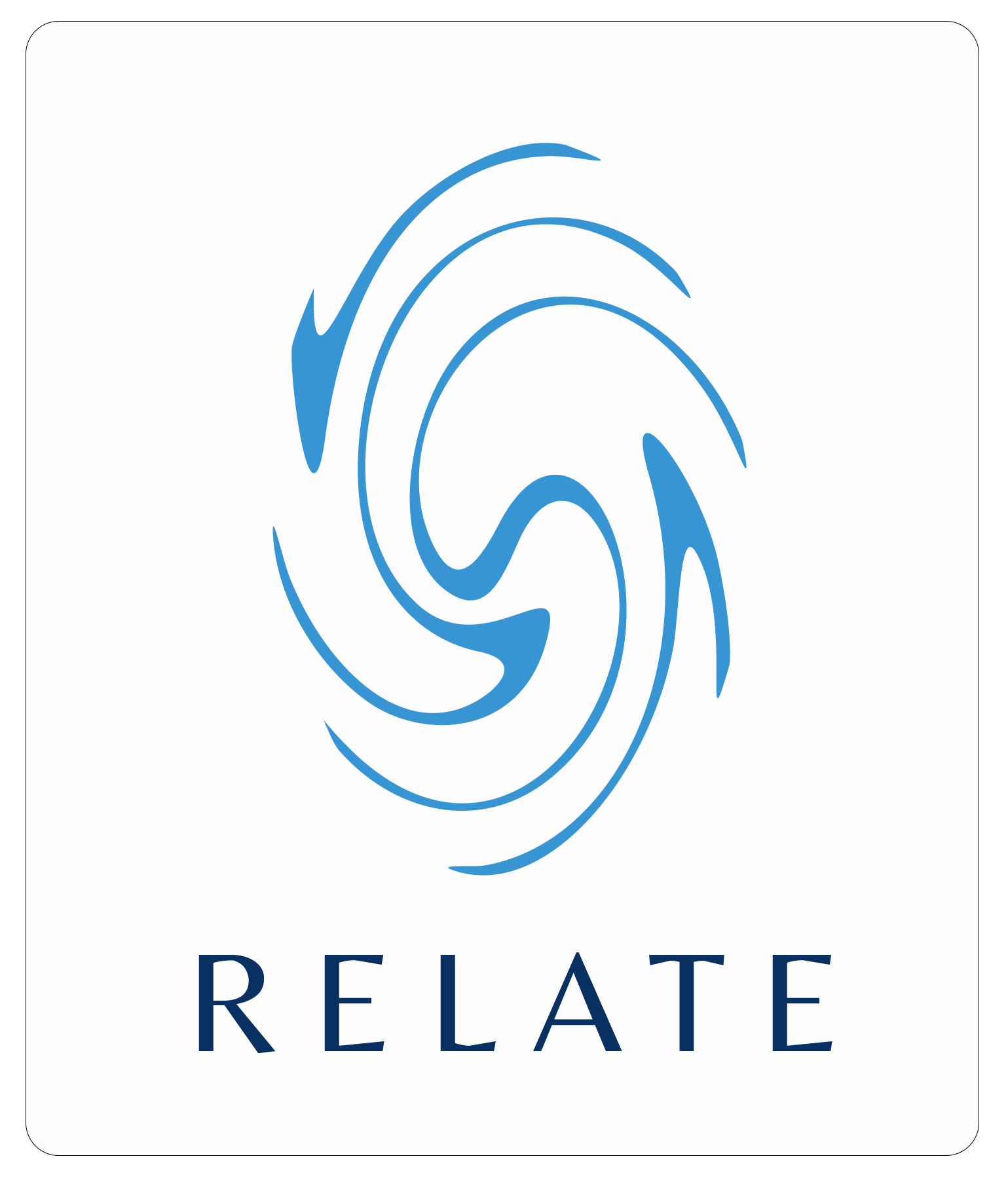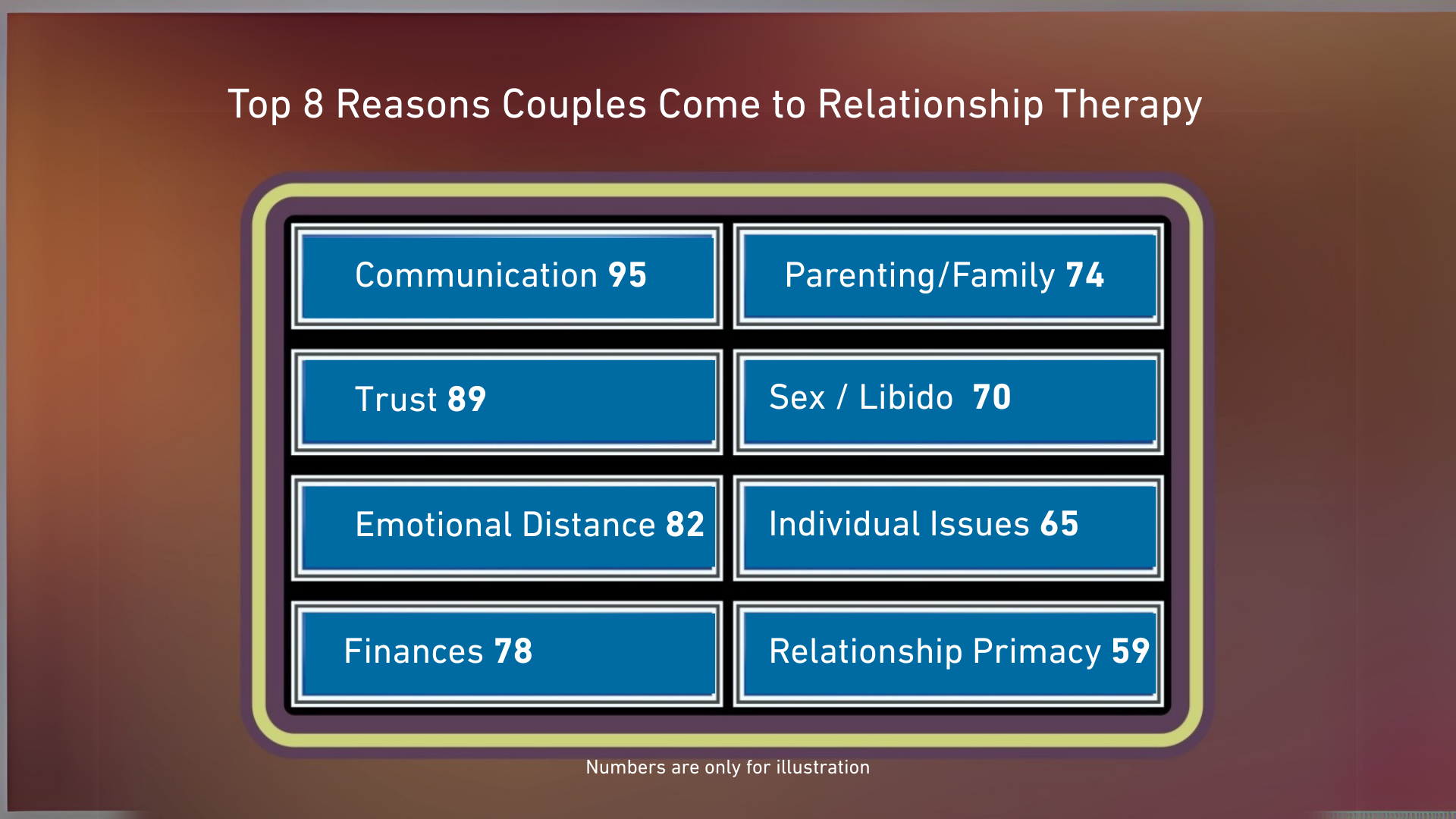Turn Conflict into Connection: The Secret to Non-Confrontational Communication in Relationships
Ever feel like every disagreement turns into a fight?
You're not alone. Most couples don’t struggle with a lack of communication—they struggle with how they communicate.
Conversations become battlegrounds instead of bridges. Instead of solving problems, we react. Instead of understanding, we defend. And instead of connecting, we pull away.
But what if conflict didn’t have to mean confrontation?
This guide will show you how to master non-confrontational communication, a game-changer for couples who want to resolve disagreements without the emotional wreckage. Whether you're navigating everyday frustrations or deep relationship wounds, how you communicate determines how you connect.
And if you’re ready to take it further, this expert-led course will teach you the attachment strategies to rebuild security and love.
What is Non-Confrontational Communication?
Non-confrontational communication is the art of handling difficult conversations without triggering defensiveness, blame, or emotional shutdown. Instead of arguing to win, it’s about expressing to connect.
At its core, this approach helps couples:
Avoid escalating conflict through reactive language.
Express their emotions without making their partner feel attacked.
Strengthen emotional intimacy by listening with presence, not just words.
Why This Matters
Couples who communicate non-confrontationally don’t just fight less—they feel closer. They solve problems together instead of against each other. And they build relationships where both partners feel safe, seen, and valued.
The Role of Presence in Non-Confrontational Communication
Have you ever been “listening” but not really there?
Maybe your partner is talking, but you're mentally drafting your response—or worse, scrolling your phone.
That’s the problem. Communication isn’t just about words—it’s about presence.
Presence means:
Giving your partner your full attention (eye contact, body language, engagement).
Listening without rehearsing your counterargument.
Responding from a place of understanding, not defensiveness.
When presence is missing, even the most well-intended words can feel dismissive. When it’s present, even silence can feel reassuring.
How to Master Non-Confrontational Communication in Your Relationship
Master Non-Verbal Communication
Your body speaks louder than your words.
Even if you say, “I care about what you’re saying,” if your arms are crossed, your tone is impatient, and your gaze is on your phone—it won’t feel that way to your partner.
Lean in instead of pulling away.
Maintain eye contact to signal engagement.
Relax your posture to create emotional safety.
Why this works: Your partner’s subconscious mind is constantly scanning for signs of safety or threat. Non-verbal cues determine whether they feel heard or dismissed, safe or defensive.
Key Takeaway: If your words say “I care,” but your body says “I don’t,” your partner will believe the latter.
Use "I" Statements Instead of "You" Accusations
The difference between a fight and a conversation often comes down to framing.
Triggering statement:
"You never listen to me!" (Accusatory, triggers defensiveness)
Non-confrontational alternative:
"I feel unheard when I try to share something important." (Expresses feelings without blaming)
Why this works: When you focus on your experience rather than your partner’s faults, it lowers their defenses and invites connection rather than conflict.
Listen to Understand, Not to Respond
Most of us aren’t actually listening—we’re waiting for our turn to talk.
Real listening means:
Giving undivided attention without interruptions.
Reflecting back: "So you're feeling frustrated because…?"
Validating: "That makes sense. I can see why you'd feel that way."
Why this works: Feeling heard is the foundation of feeling loved. When your partner knows you understand them, they’re far more likely to work with you instead of against you.
Regulate Your Emotions Before You Respond
Ever blurted something in anger and instantly regretted it?
The biggest communication mistakes happen in moments of emotional flooding—when frustration overrides rationality.
Before you react, pause:
Take a breath. Even a 5-second pause can shift your response.
Ground yourself. Ask, "What’s my real goal here—connection or being right?"
Give yourself permission to wait. Some conversations need a reset before they can be productive.
Why this works: Calm brains communicate better. Conversations held in the heat of the moment often create more damage than solutions.
Make Requests, Not Criticisms
Instead of:
"You never help around the house!"
Try:
"I’m feeling overwhelmed. Could we come up with a plan to split chores better?"
Why this works:
- Criticism leads to defensiveness.
- Requests lead to solutions.
Everyday Practices for Stronger Communication
- Take a Break When Needed: If emotions run high, agree on a pause and revisit the discussion when both of you are calm.
- Lean In—Physically & Emotionally: A gentle touch, eye contact, or simply sitting closer can change the emotional tone of a conversation.
- Prioritise Time for Meaningful Connection: Set aside distractions and give each other focused time, even for a few minutes daily.
The Long-Term Benefits of Non-Confrontational Communication
Mastering these techniques doesn’t just prevent fights—it deepens intimacy.
You’ll feel closer and more connected.
Conversations will feel safer and more productive.
Your relationship will feel more secure, resilient, and fulfilling.
This isn’t just about avoiding fights—it’s about creating a relationship where both of you feel truly seen, heard, and valued.
Take It Further: Build a Relationship That Feels Secure & Loving
Want to go deeper?
Our expert-led course on Attachment Strategies to Build Relationship Security and Love gives you:
Proven techniques to strengthen communication and emotional safety.
Step-by-step guidance for resolving conflicts without confrontation.
Practical exercises to build lasting connection and trust.
Final Thoughts: The Power of Non-Confrontational Communication
Fights don’t ruin relationships—how we fight does.
By learning to listen with presence, respond without blame, and regulate emotions before reacting, you can transform how you and your partner navigate conflict.
Ready to take the next step toward a healthier, happier relationship?
Join the course today and discover how attachment-based communication can help you break free from destructive patterns and build the secure, connected relationship you deserve.







